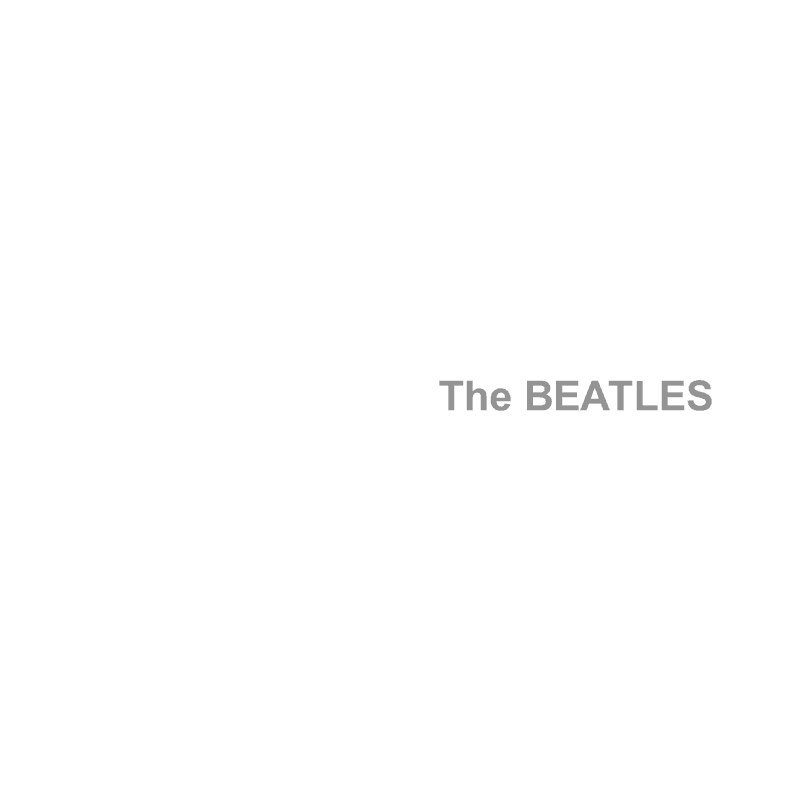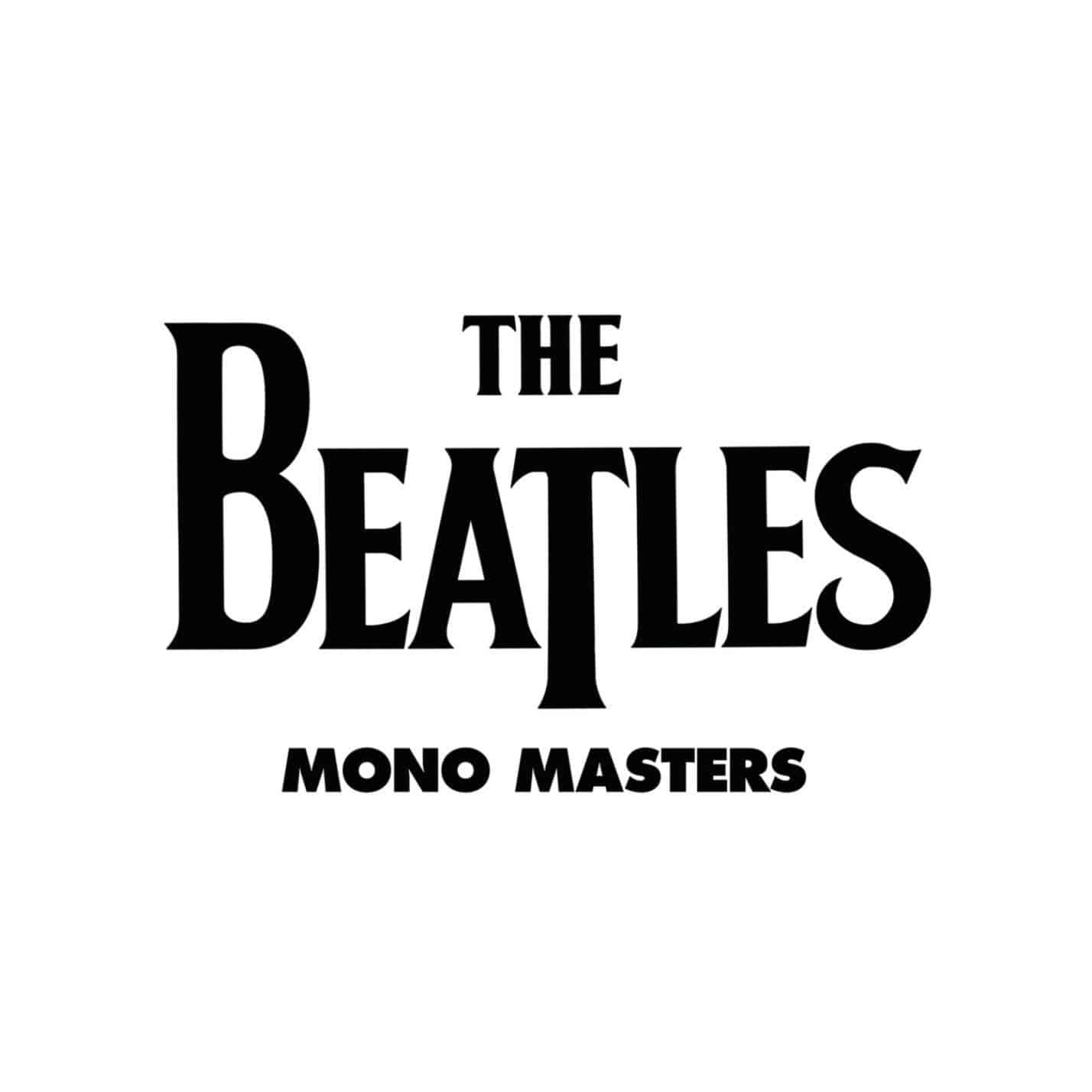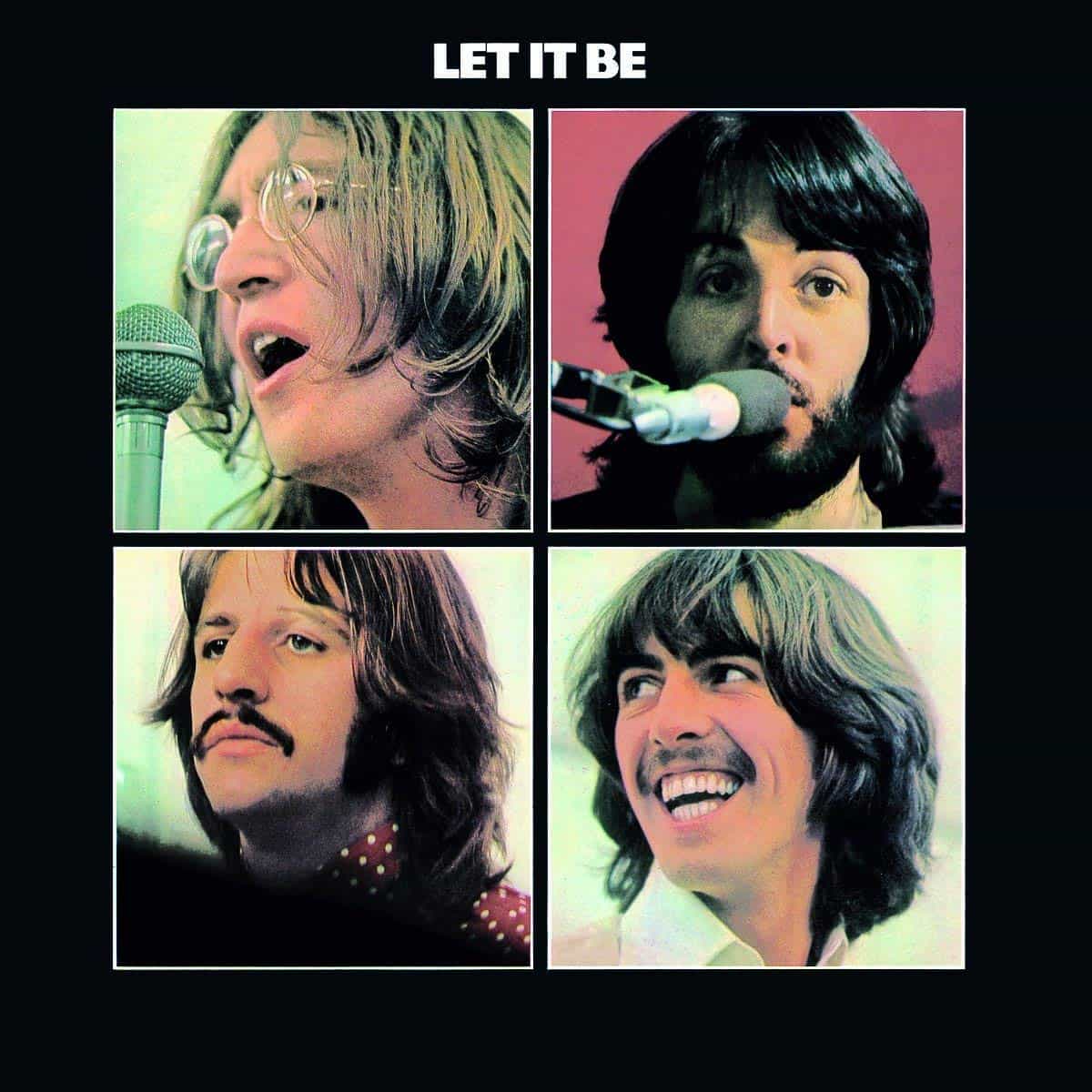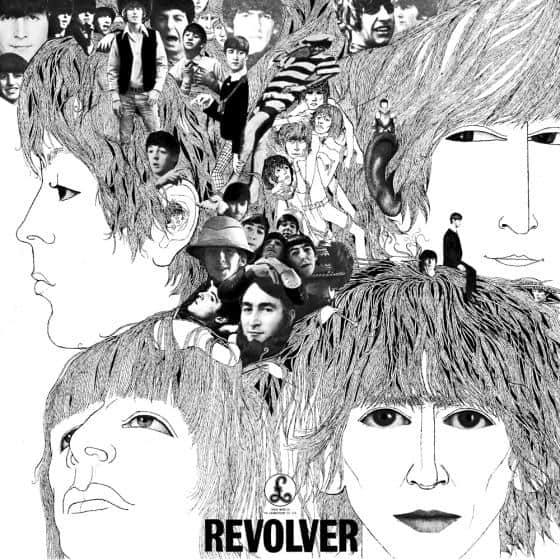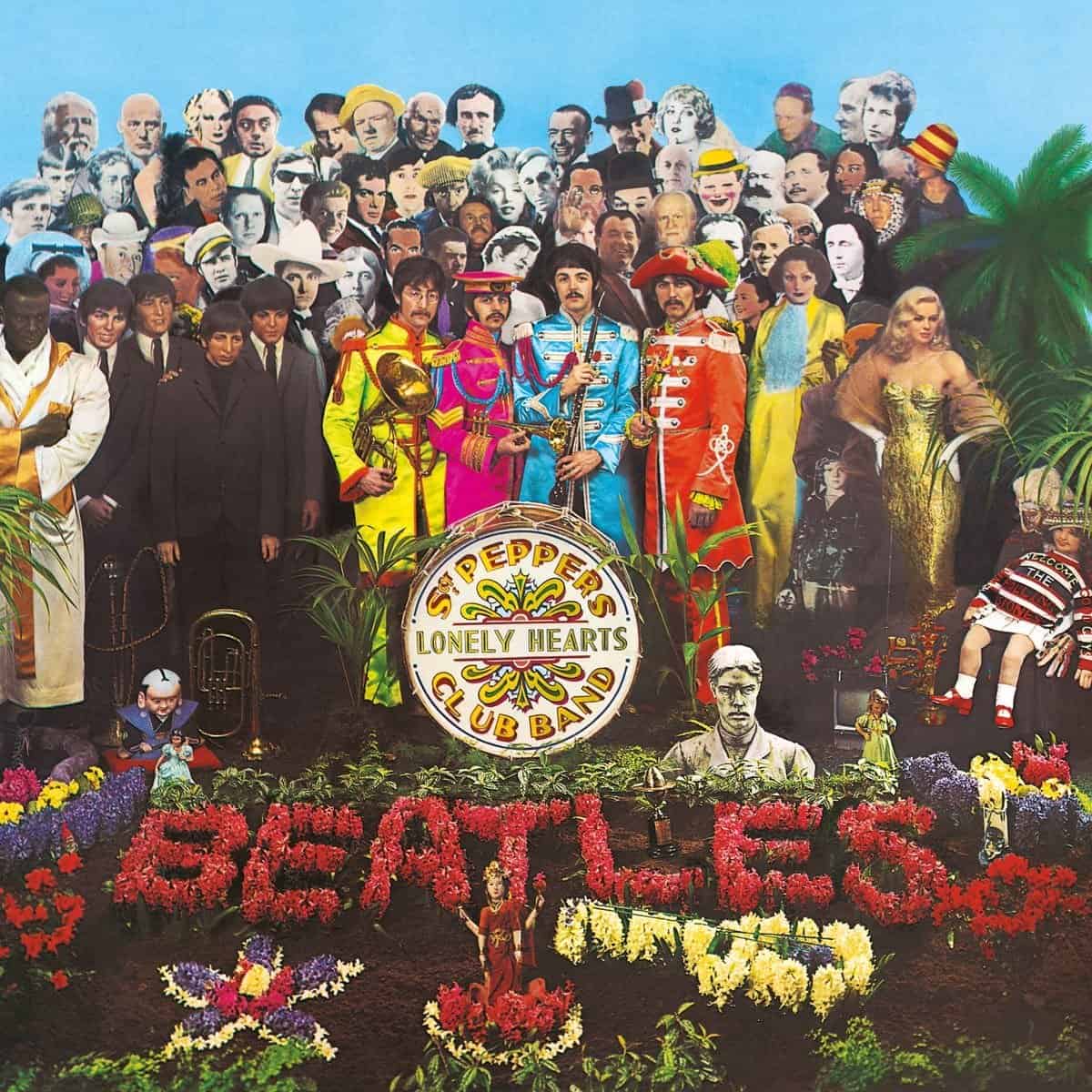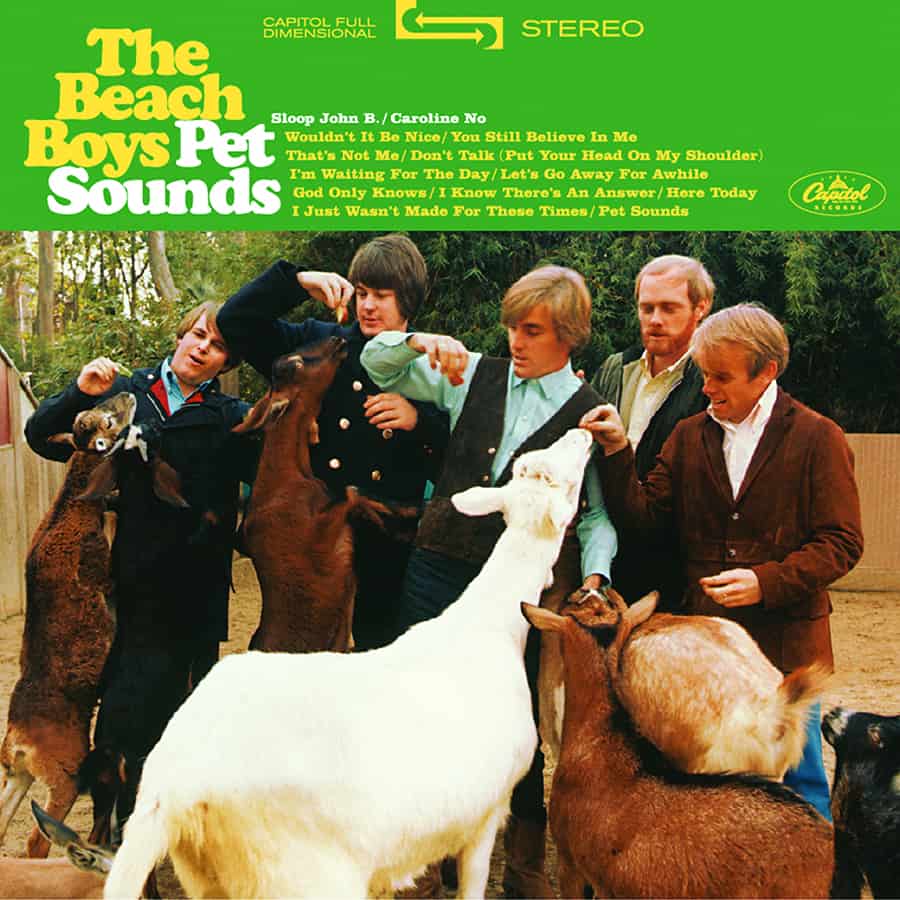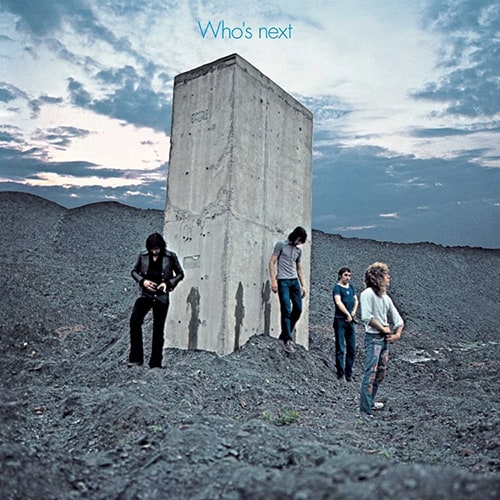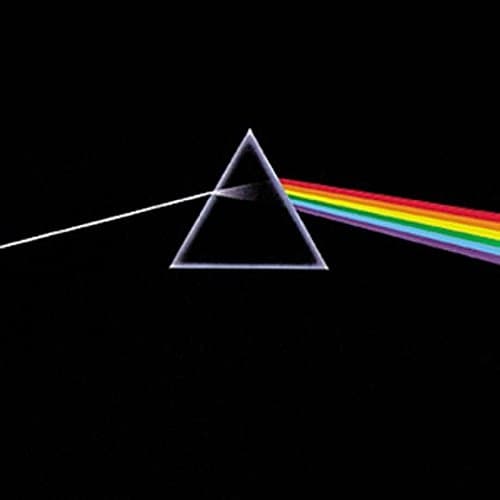Marketplace
2018 Apple Records PRESSING
- RPM 33 ⅓
- Audio Stereo
- Catalog Number B0028831-01
- Release Year 2018
- Country United Kingdom
- Vinyl Mastering Engineer Miles Showell
- Pressing Weight Regular Weight
- # of Disks 2
- Vinyl Color No
- Jacket Style Gatefold
- 100% Analog Mastering Yes
- Pressing Plant QRP
- 1/2 Speed Mastered Yes
In John Lennon’s famous 1971 interview with Rolling Stone, he claimed The Beatles, better known as The White Album, really was the work of each Beatle working solo and bending the rest of the band to his will. Outtakes from the record’s sessions—included in the expanded 50thanniversary CD/Blu-ray box set as well as in more limited fashion on the 50thanniversary 4LP edition, and long available to various extents on bootlegs—show the band worked hard together to create the final canvas. Indeed, The Beatles displays the group casting its stylistic net wider ever before, and the result not only reaffirmed its greatness, but anticipated much of what would develop in rock.
Miles Showell cut this 50thanniversary two-LP set of the original album at half speed using the digital master from Giles Martin’s new mix of the record. I’ve owned many copies of The Beatles on vinyl, but my favorite, and point of comparison here, is the 1970 Apple U.K. edition.
The earlier pressing is cut somewhat loud, and my first impression of the new reissue is that it features a softer edge and more solid bottom end. The sound of the jet engine crossing channels on “Back in the U.S.S.R” has less high-frequency grit, and Paul McCartney’s voice is fuller, more fleshed out, and more centered. By contrast, the guitar strikes and barrelhouse piano were clearer and more clearly present on the original. The slight flange effect on the guitars on “Dear Prudence” sounds more tonally pleasing on the new version, McCartney’s bass line more finely etched, and Ringo Starr’s drums more realistic, especially the high hat, which now seems a little papery on the earlier pressing.
Background vocals throughout the album prove richer on the 2018 edition, with the lower harmonies claiming superior resonation. The piano on “Martha My Dear” boasts a more rounded tone that lets the low notes register. The strings behind McCartney’s voice come across as more textured and more tightly hold on and decay during the arrangement. Guitars are slightly sharper on the original, and the hand claps snappier. Yet the low notes on the acoustic guitar during “Julia” make a much stronger impact on the new pressing, and Lennon’s voice comes across as more centered, focused, and emotionally naked.
“Helter Skelter” cuts deeper on the 1970 pressing, but background vocals are now more layered and Starr’s drums stronger and bigger. In addition, the effects on Eric Clapton’s guitar on “While My Guitar Gently Weeps,” as well as the organ and Mellotron, better integrate with the other instruments. Showell’s mastering tends to present low frequencies with more clarity and bloom than on his other pressings (e.g., his vinyl cut of the 50thanniversary reissue of Sgt. Pepper’s Lonely Hearts Club Band). But as I listen to more of his work, the midrange tone also features more solidity and warmth, leading to superb overall balance.
My Quality Records Pressings-pressed vinyl is very quiet, even with the necessary boost in volume. That said, the first LP has a slight warp that doesn’t effect play. The packaging mirrors that of earlier The Beatles versions. It includes a poster with the lyrics on the back as well as 8 x 10 glossies of each Beatle.
In sum, Martin and Showell give The Beatles more sonic consistency and tame the occasional high-frequency aggressiveness of the original. While my memories of earlier pressings remain strong and favorable, this remixed and remastered version stands as a welcome and pleasing alternative. Recommended without reservation.
2018 Stereo Mix, 2-LP

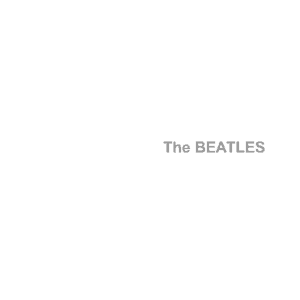
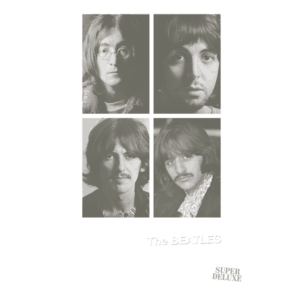
 4.5
4.5
